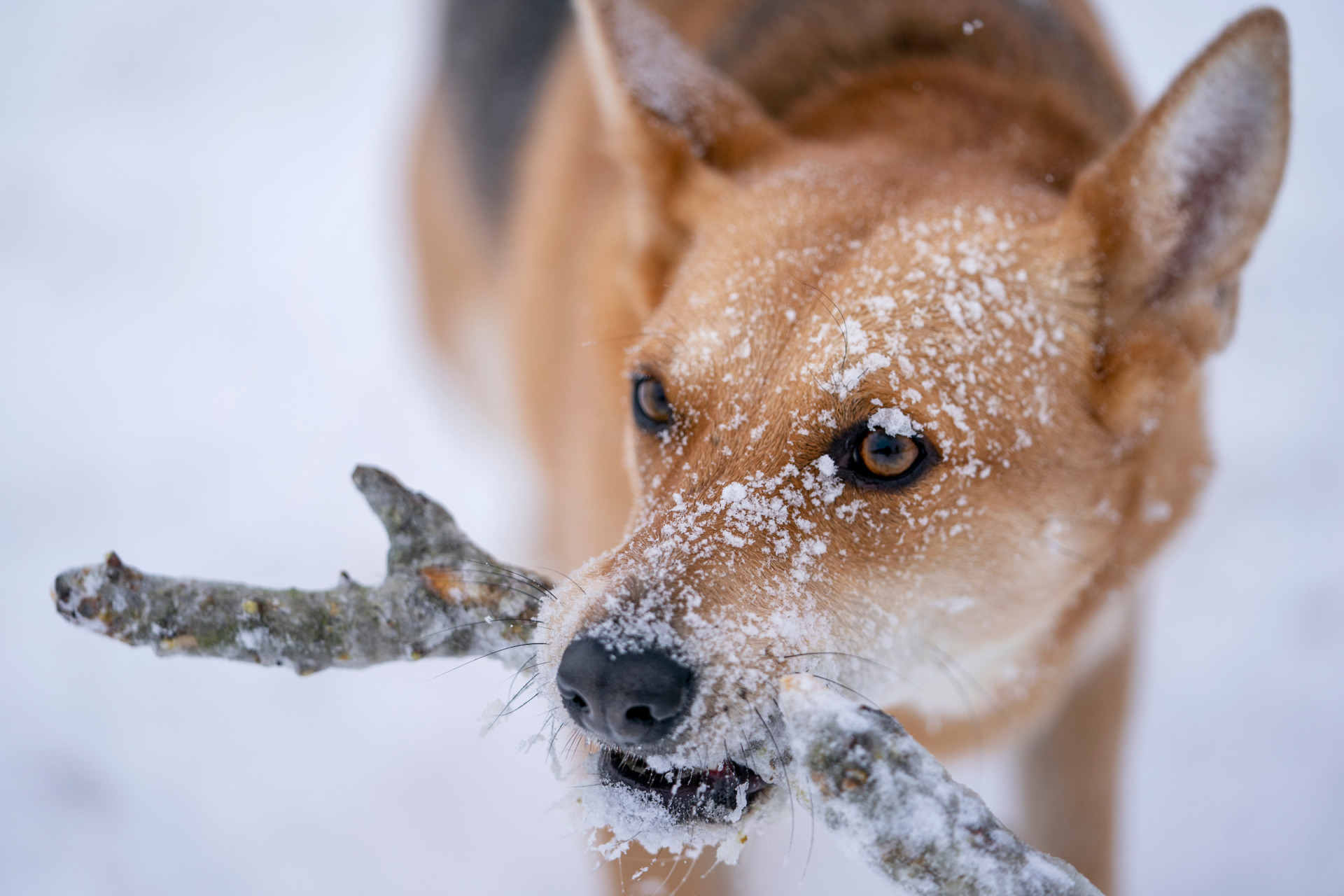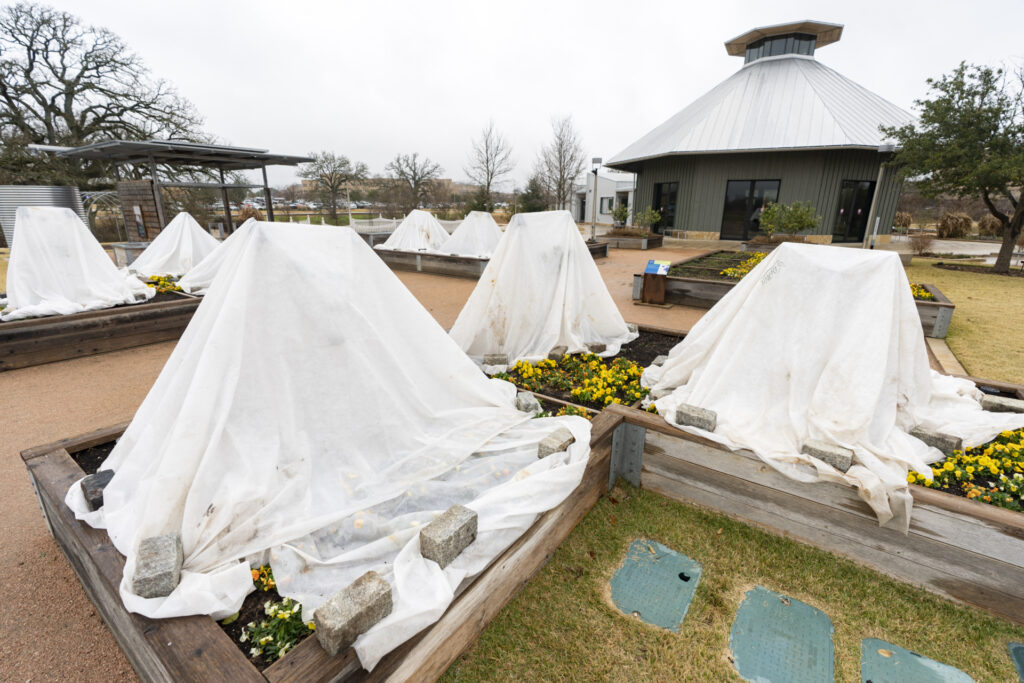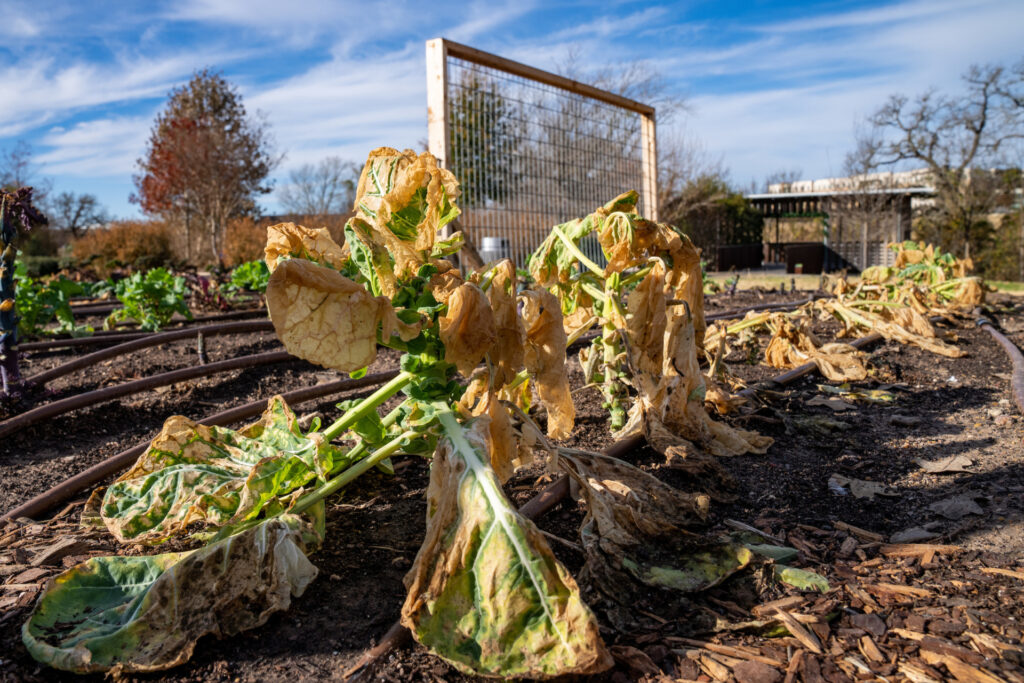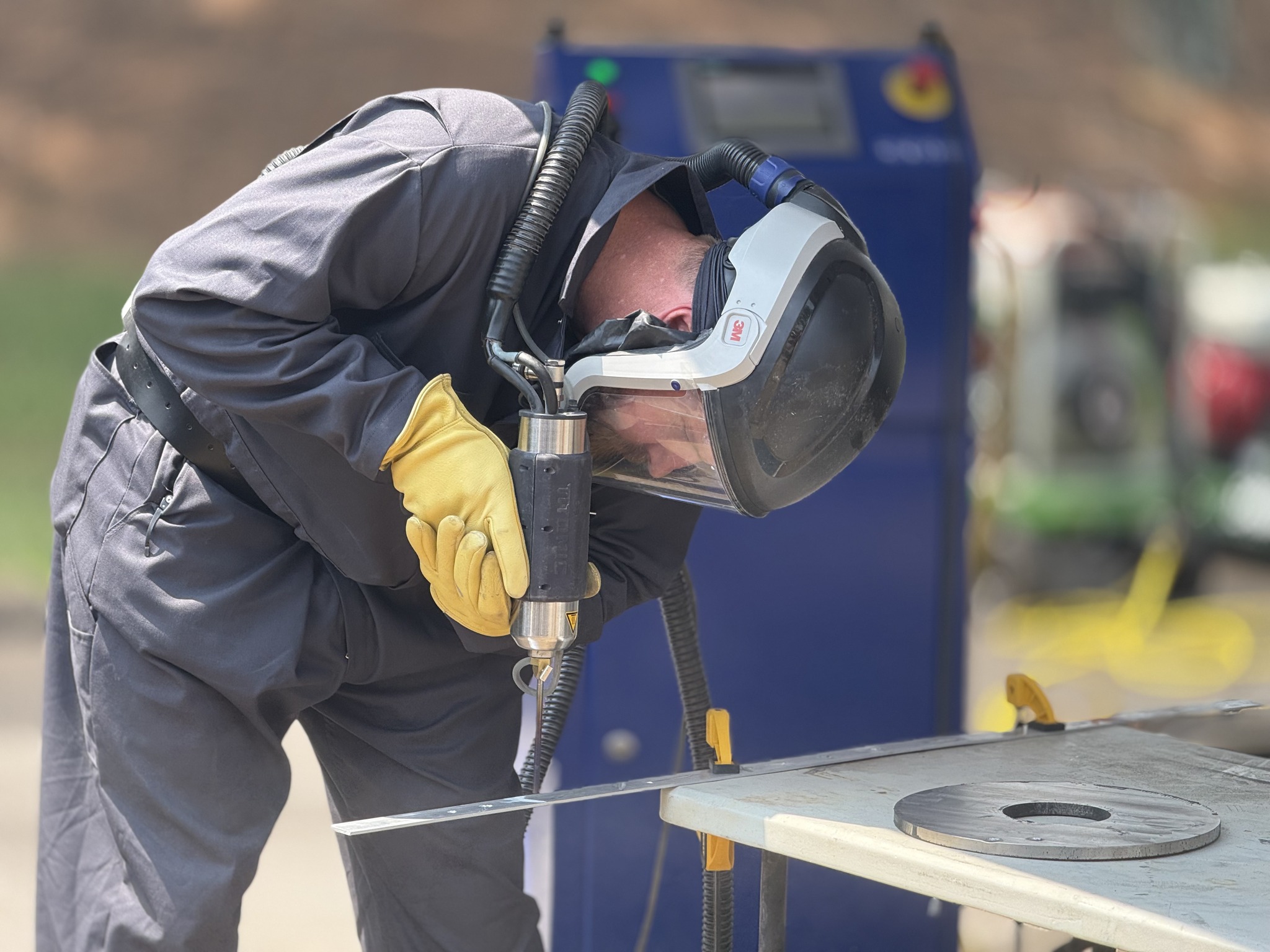How to protect pets, plants and pipes from frigid winter weather
Published 9:15 am Saturday, January 25, 2025



Protect your pets from winter weather
Limestone County Animal Care and Control Director Christy Perry and experts at the Texas A&M Veterinary Medical Diagnostic Laboratory (TVMDL) shared some tips about caring for pets during winter weather.
— Pets should be kept inside during the day and night.
Trending
If dogs must be left outside for any time, they should have a draft-free shelter large enough to stand and turn around in, yet small enough to retain body heat. Use a layer of straw or other bedding material to help insulate them against the cold. Make sure the entrance faces away from the incoming wind and snow.
“Insulation is key,” Perry told The News Courier. “Your pets need a place where it’s dry and warm. So many plastic dog houses are not properly insulated, when the temperature drops those houses can become coolers and be worse for the dogs. You also need to make sure that the dog houses are turned in a direction that is not circulating the cold air directly into their homes.”
— Keep cats indoors.
Be mindful that cats left outdoors in cold weather seek shelter and heat under the hoods of automobiles and can be injured or killed when starting the engine. Banging loudly on the hood of your car a few times before starting the engine will help avoid tragedy.
“With cats being more independent, they will look for their own ways to escape the cold — and a lot of times that’s a car engine or a wheel well,” Perry said. “That puts them in an even more dangerous situation, so everyone should be extra precautious when starting their cars. If you must, leave out an insulated place that’s warm and dry for the cats to protect them from themselves, but the best case scenario is that all pets are brought inside during the winter season.”
— Be aware of pets around salt and deicers.
Trending
Salt and chemicals on sidewalks to combat ice buildup can irritate skin and be ingested. Thoroughly clean your pets’ paws, legs and abdomen to prevent ingestion of toxic substances and prevent their pads from becoming dry and irritated. Signs of toxic ingestion include excessive drooling, vomiting and depression.
Winter is also a good time to leave pets’ coats a little longer than normal to provide them as much warmth as possible.
“Dogs will not always indicate to you when they are cold,” Perry said. “Certain dog breeds love the cold, and they want to run around in it for hours on end, but that’s not always healthy for them. It’s like with kids, they want to stay out in the snow for as long as possible, dogs are the same. Some of the bigger dogs, with double coats, can endure the colder temperatures better than others, but that doesn’t mean that they should.”
Protecting plants from freeze damage
Frosts and freeze can damage or kill exposed plants, especially those in containers, said Lisa Whittlesey, AgriLife Extension program specialist and international coordinator of the Junior Master Gardener program, Bryan-College Station. Damage can vary greatly among plant varieties, and cold-sensitive plants will require more protection than hardier plants.
“When it’s this cold you can’t really do much of anything if you haven’t already properly prepared,” Larry Underwood, a local farmer in Athens, told The News Courier. “We are fortunate to have our high tunnel greenhouses, so like this morning when it was 11 degrees outside it was about 70 degrees in there. Right now, it’s about making sure everything is as warm as possible so you have a head start on things once the weather heats back up.”
Underwood and AgriLife Extension has comprehensive information on protecting landscape plants and horticultural crops from frost and freezes.
Watering plants and making sure they are not drought-stressed before freezing temperatures arrive can help, Whittlesey said. Watering just before the freeze can also help because water creates warmth and loses heat slowly.
“Drought-stressed plants are more susceptible to the cold,” she said. “And if you can’t bring a plant inside, the best option is to cover them, remember to place them in a location that gets ample sunlight and to water them.”
Plants in containers should be moved inside the home or garage — any space where temperatures will stay above freezing.
“I have a gardening cold frame that stays nice and warm for our plants,” Underwood said. “We made it out of some of my brother’s old windows and a raised bed. Little things like that go far in making sure your crops make it through the night.”
If container plants can’t be moved indoors, put them on the south side of the house, water them well and pile on mulch, leaves or hay to protect the roots and/or cover them with a frost blanket. Cold-sensitive landscape plants can also be covered with similar protection.
“When I plant early I also use a frost protection cover,” Underwood said. “All you have to do is bend some hoops and put the frost protection over it at night. You can get about a 5 degree difference, and that can be the difference between plants freezing and not freezing. Still, when it’s this cold you better have some plants that can withstand the cold.”
When covering plants, drape them with cardboard or cloth material to the ground and secure it, she said. The idea is to trap enough warmer air escaping from the soil to protect plants from a killing freeze.
Stringing holiday lights around sensitive plants and covering them with a tarp can provide protection from light freezes, she said.
Protect pipes from freezing
When it comes to freeze damage to homes, protecting exposed pipes is critical when temperatures dip below freezing. AgriLife Extension has tips for preventing and thawing frozen pipes during severe weather.
Joel Pigg, AgriLife Extension program specialist and Texas Well Owner Network coordinator, Bryan-College Station, said homeowners should protect pipes around the house or in wellhouses now while the weather is good.
Water pipes can freeze and burst when the outside temperature reaches 20 degrees or below, but Pigg said take precautions anytime temperatures dip below freezing. Pipes with northern exposure face an increased risk of freeze.
“It’s best to act early, rather than when the storm is coming in,” he said. “Prepare now because supplies of insulation and parts might be limited during a rush for items needed to protect pipes just before freezing temperatures arrive.”
Exposed pipes, including outdoor faucets, water sprinklers, water pipes in basements, crawl spaces, attics or garages, pipes that run along exterior walls, swimming pool supply lines and well houses are especially susceptible to freezing temperatures.
Leaving water running slightly does help during prolonged freezing temperatures, and heat lamps to raise temperatures in lesser-insulated spaces with pipes like well houses or basements can help prevent breaks, he said.
Outdoor water systems should be drained and covered or allowed to drip slowly to help protect from damage, he said.
Many protective products to insulate water pipes like sleeves, insulation or heat tape are available at local plumbing supply retailers. Newspapers can also provide some protection to exposed pipes, as long as exposure is not prolonged.
Foam faucet covers also add protection to an area susceptible to freezing, he said.
“Covers are around $4, and insulation or heat tape are very inexpensive relative to paying for repairs,” he said. “Adding protective elements to any weak points is a good investment against short-term freezes.”








